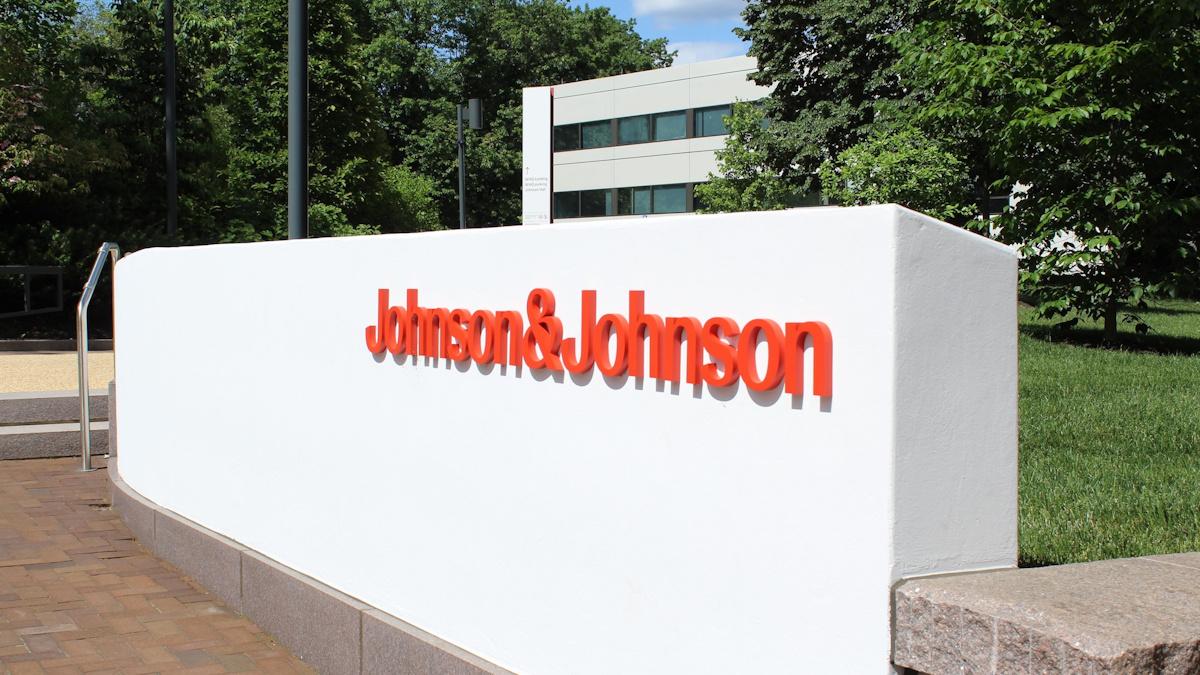Beyond the pandemic: the potential of mRNA technology

The arrival of COVID-19 brought precious few positives, but one that emerged for the pharmaceutical industry was the emergence and validation of mRNA vaccine technology to prevent disease. Ben Hargreaves takes a look at how the space is currently progressing and in what direction it could be heading in future.
The pandemic brought about an interesting phenomenon for the pharmaceutical industry: there is a much greater awareness of both individual companies within the industry and their individual treatments. Previously, messenger RNA (mRNA) therapies were a niche part of the global R&D pipeline, now a wide section of the public is at least familiar with the name of this type of therapy.
The first mRNA-based vaccines were brought onto the market in 2020, with Pfizer/BioNtech and Moderna receiving emergency use authorisation from the US Food and Drug Administration (FDA) for the prevention of COVID-19. The breakthrough was hailed as a revolution for disease treatment and particularly a major success against the pandemic.
However, research into the action of mRNA had been ongoing since the early 1960s, with the potential for therapeutic purposes being investigated since the 1970s. Not only this, the potential for this type of therapy extends far beyond infectious diseases and into numerous therapy areas.
Attracting attention
On the back of the approvals for Pfizer/BioNTech and Moderna, suddenly there is a large amount of interest from big pharma companies to get involved in the mRNA space. With the two approvals acting as a validation of the technology, larger companies are prepared to make larger investments to ensure that they are at the forefront of developments in RNA-focused therapies.
Pfizer already has a head start on competitors in the field, having achieved the first US FDA approval for an mRNA vaccine, alongside BioNTech. Further than that, the company has been invested and involved in the area for a few years, after its partnership with BioNTech was agreed back in 2018. This not only allowed Pfizer to establish a COVID-19 vaccine but the company also recently announced that it had begun a study testing an mRNA flu vaccine. The company has also stated, at the same time as the study was announced, that it will look at developing mRNA technology in oncology and genetic diseases.
Fellow big pharma company, Sanofi has also made a number of moves to bolster its R&D pipeline for mRNA vaccines – not least when it stated that it would invest €400 million each year into the development of mRNA vaccines, with the aim of developing six clinical candidates by the end of 2025.
Outside of developing its own internal pipeline, the company has made significant investments into snapping up mRNA-focused biotechs. This saw the company acquire Translate Bio for $3.2 billion earlier this year, which followed on from the decision to acquire Tidal Therapeutics. Both biotechs focus on mRNA therapies but not just for infectious diseases. Similar to Pfizer, Sanofi noted that bringing the companies into its portfolio would allow it to leverage research capabilities in oncology and inflammatory disease.
Where next?
According to a paper published in The New England Journal of Medicine, the logical next step mRNA vaccines will be to continue to offer protection against infectious diseases, such as improved influenza vaccines, which Pfizer is looking into, and for larger, more dangerous targets, such as malaria, HIV, and tuberculosis.
Wider than this, the paper’s authors state that the establishment of mRNA as a safe and effective form of treatment will lead to other forms of RNA therapies coming to the fore, with protein replacement, RNA interference, and CRISPR-Cas gene editing being potential options.
Moderna, one of the main players in mRNA therapies, has a pipeline of therapies targeting four distinct areas: infectious diseases, immuno-oncology, rare diseases, and autoimmune disease. According to the company, its personalised cancer vaccines could help the immune system distinguish cancer cells from normal cells, thereby navigating one of the challenges in oncology treatment, where healthy cells are damaged alongside cancer cells. Currently, the company is researching two potential therapies in immuno-oncology, both at the phase 1 stage.
Biotech leading the charge
Until not so long ago, Moderna was a medium-sized biotech working in the niche space of mRNA. Prior to the pandemic, biotech had a market cap of around $6.5bn whereas, at present, it is now valued at approximately $144bn. Sanofi’s acquisitions in the area were, for a big pharma company, on the smaller size – ranging from hundreds of millions to single figure billions. As often when unproven technologies are getting established, it is the smaller biotechs that are pushing mRNA technology forward.
pharmaphorum approached one such biotech, in the form of Ziphius Vaccines, to learn more about the future of mRNA technology. The biotech is focused on mRNA but has developed a self-amplifying mRNA (sa-RNA) platform in an attempt to develop the potential of the technology further.
A spokesperson for the company explained the difference of sa-RNA from mRNA: “The key differentiator of Ziphius’ sa-RNA technology is the higher concentration of RNA by amplification, resulting in much lower required dose, production capacity and subsequently at a significantly lower cost.”
In addition, the spokesperson outlined that the biotech uses optimised lipid nanoparticles (LNPs) as the delivery vehicles for its sa-RNA technology, which sets it apart, as there are no other LNPs currently on the market optimised in this area.
As to the advantages provided by this approach, the spokesperson said, “The LNPs are designed for optimal size, surface charge and lipid composition, in order to limit the unwanted stimulation of the innate immune system against the LNP and RNA construct itself.”
With mRNA vaccines already receiving approval, Ziphius believes that the hurdles to developing viable vaccine candidates are now reduced. Particularly, regulatory authorities’ shift to recognising platform validation as crucial, rather than the validation of an indication, as well as being able to move more quickly through placebo-controlled trials towards authorised trials.
Wider than this, the spokesperson noted that the biotech is now seeing a greater interest in collaborations to progress potential vaccine candidates. At present, the biotech has 10 vaccine candidates at various stages of the preclinical and discovery phase, focused across three different areas of infectious diseases.
With big pharma’s interest in the technology piqued, it is likely that the greater investment available for such collaborations will progress mRNA at a much faster rate than previously. The pandemic has proved mRNA technology is effective against infectious diseases, and it seems only a matter of time before a greater range of such diseases are met with an mRNA treatment. What will be even more closely watched by the industry is how effective mRNA treatments are against wider indications, from oncology to inflammatory conditions.













